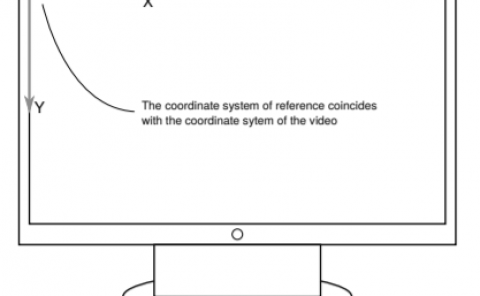Comparing Algorithms for Accurate Tracking in Virtual Reality with a Low-Cost MIMU
PubDate: November 2020
Teams: Federal University of Uberlândia
Writers: Júlia Tannús; Eduardo Naves
PDF: Comparing Algorithms for Accurate Tracking in Virtual Reality with a Low-Cost MIMU

Abstract
Due to recent advances in sensing technology, it has become possible to estimate the absolute orientation of a body for Virtual Reality (VR) applications using low-cost magnetic and inertial measurement units (MIMUs). A MIMU is a device that measures acceleration, rotation rate, and the Earth’s magnetic field. Using this data, the orientation can be determined with a sensor fusion algorithm (SFA). This paper compares four approaches to estimate orientation using the InvenSense MPU-9250 MIMU, namely 1- reading quaternions straight from its Digital Motion ProcessorTM,2- using only accelerometer and magnetometer data, 3- using Mahony open source SFA, and 4- using Madgwick open source SFA. Basic static, dynamic and magnetic interference tests are performed. The results show that both 1 and 2 did not provide an acceptable estimate for the application, because 1 drifted 43.38° in 10 minutes and 2 presented low stability (sd =2.46∘) and accuracy (peak error =59.2∘). Therefore, either3 or 4 could be used, with 4 obtaining the best absolute orientation (sd =0.06∘, peak error =4.46∘) but presenting the slowest response and 3 having a less accurate estimation (sd =0.41∘, peak error =38.72∘) than 4, but being faster.


